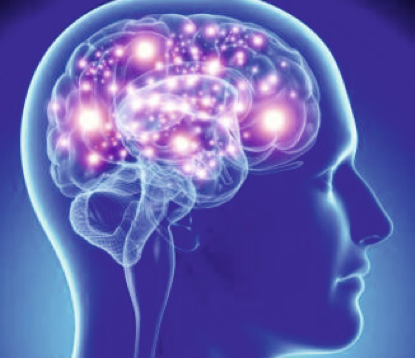A major challenge in managing epilepsy is the lack of objective documentation of seizure frequency, type, and severity, often leading to inaccurate self-reporting by patients and caregivers. Automated seizure detection devices, utilizing EEG, accelerometry (ACC), and autonomic measures like heart rate and skin conductance, offer a solution to this problem. These devices provide reliable, real-time seizure detection, particularly for generalized tonic-clonic and focal-to-bilateral tonic-clonic seizures, which are common and dangerous, especially during sleep.
The implementation of automated seizure detection devices could also help prevent sudden unexpected death in epilepsy (SUDEP) and reduce seizure-related injuries. Although there is no definitive evidence yet that these devices can prevent SUDEP, they hold promise for improving patient safety and quality of life by alerting caregivers to ongoing seizures, allowing for timely interventions. Devices that combine multiple detection modalities, such as EEG, accelerometry, and heart rate monitoring, tend to offer better performance than those based on single parameters. Further research and clinical trials are needed to validate the effectiveness of these devices, particularly in preventing SUDEP and improving seizure management in home settings.
Reference: Baumgartner C, Baumgartner J, Lang C, et al. Seizure Detection Devices. J Clin Med. 2025 Jan 28;14(3):863. doi: 10.3390/jcm14030863. PMID: 39941534; PMCID: PMC11818620.









